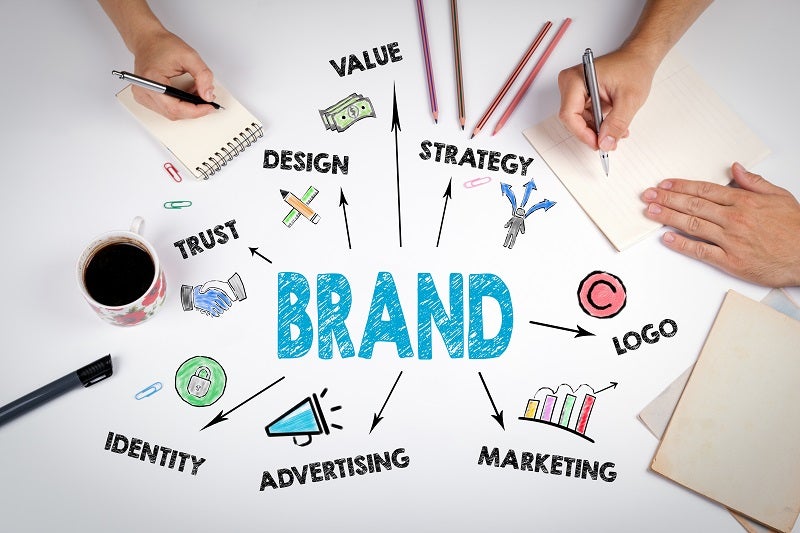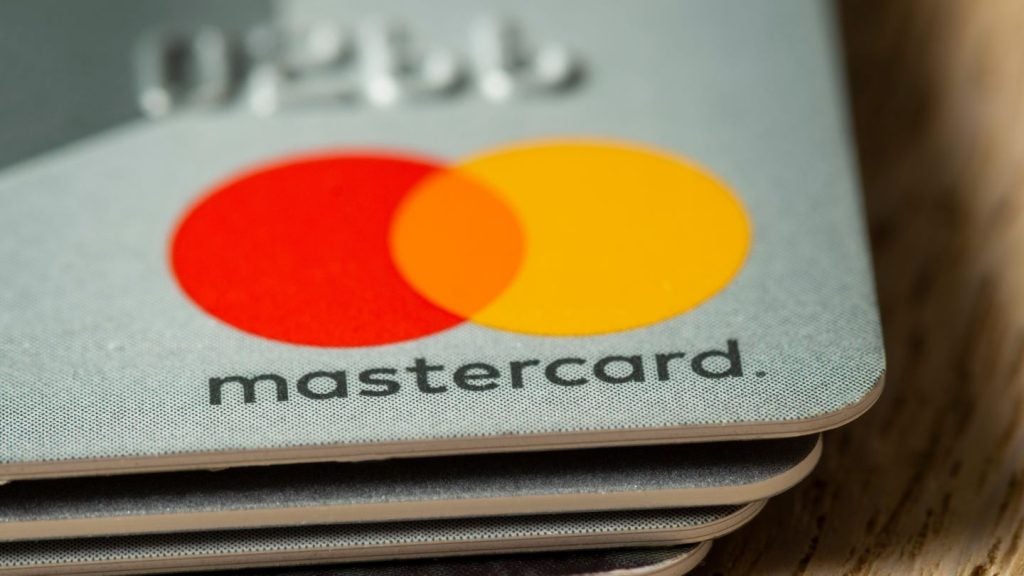
As 2020 draws to a close, Interbrand has once again revealed its ranking for the top 100 global brands. Financial institutions never seem to top the list, and this year especially they have underperformed. Evie Rusman reports
This year marks Interbrand’s 21st year of releasing its Best Global Brands Report. Banks have stagnated the table in recent years, which is worrying for a variety of reasons.
The companies at the top of the pile this year are no surprise: retaining the number one spot, is Apple with a brand value of $323bn, a 38% rise year on year. Microsoft also experienced huge brand growth of 53%, moving from fourth place to third.
However, the biggest increase came from Amazon, which now has a brand value of $201bn, a 60% rise. Covid-19 is most likely the cause of the tech giant’s huge success due to global-wide lockdowns and a shift to online shopping.
Meanwhile, some brands experienced significant losses – the biggest coming from General Electrical, who experienced a 30% loss, resulting in a brand value of $18bn.
Covid-19 and financial services
Covid-19 has had a huge impact on the table this year. Speaking to EPI, Mike Rocha, Global Director of Brand Economics at Interbrand, says: “Covid-19 has been fundamental in shaping the table, with a significant impact on the winners and losers in the short run, but we also gave careful consideration to which brands we felt would be well placed to weather the ‘new normal’.
“In 2020, 54 companies fell in brand value, versus only 29 in 2019, whilst the winners grew significantly. For example, the average brand value growth amongst the top four brands alone was 37%. They’re growing incredibly fast because they’re well placed to take advantage of the acceleration of certain trends such as the shift towards online, streaming and cloud services.”
This drop is true for financial services also – there were 10 financial services featured in the top 100 in 2020: two less than last year. These institutions represent $124.3bn in brand value; however, only two made it inside the top 25.
Rocha added: “A similar picture of winners and losers emerges in the financial services sector. Digital payment companies (such as PayPal and Mastercard) performed well. Investment banks (such as Goldman Sachs and Morgan Stanley) also performed well since it’s been such a volatile period. Mainstream and commercial retail banks(such as Santander and HSBC) however, struggled in the economic climate we have found ourselves in.”
Where do financial institutions rank?
JP Morgan overtook American Express this year, moving from 25th to 22nd. The move was marked by a 6% increase in brand value to $20.2bn. Amex retained its position as 23rd overall, however, its brand value fell by 10% to $19.5bn.
The third highest financial institution was Visa, who jumped up 10 places to rank 45th. The payments giant experienced a huge 15% rise in brand value, giving it a value of $12.4bn. Visa was followed by Goldman Sachs, with a brand value of $12.1bn and ranking 49th.
Mastercard also performed extremely well this year, gaining a 17% increase in brand value to reach $11.1bn and ranking 57th.
Speaking on the ranking, Raja Rajamannar, Chief Marketing and Communications Officer at Mastercard, says: “Reports like Interbrand’s Best Global Brands are important for companies to better understand how we’re being perceived in consumers’ hearts and minds. Especially during these unprecedented times, when consumer behaviours have shifted and trust is more important than ever, these rankings are a way for us to better understand how we can best serve our communities.”
Despite huge success from several financial organisations, the biggest increase came from PayPal, who achieved a whopping 38% increase in brand value to $10.5bn.
A reason behind this is likely due to many consumers being forced to stay home this year to minimise the spread of the virus. As a result, many will have turned to online platforms to do their shopping, causing an increase in the use of services like PayPal.
However, not all financial services experienced growth – in particular, banks were hit hardest. Both HSBC and Santander experienced huge drops of 14% and 12% in their brand values. Meanwhile Citi, despite being the fifth highest financial institution on the table, suffered a loss of 6%.
Why such a drop? “In 2007, before the global financial crisis, financial services brands represented 12% of the total brand value of our top 100 Best Global Brands ranking,” Rocha says. “Today that figure is 6%. The value of financial services brands has clearly taken a hit over that time frame, largely due to the reputational damage inflicted on the industry following the financial crisis.”
He continues: “As we emerge from the rubble of 2020, financial services brands have an opportunity to redefine their relationship with their customers, to demonstrate they have a purpose beyond making money, and that they truly live by that purpose, rather than simply using it in their communications.
“We are seeing purpose driven, brand-focused organisations like PayPal and Mastercard thriving, with PayPal seeing
a 38% increase in brand value versus last year. Mastercard has consistently invested in building Affinity through its long-standing commitment to its “Priceless” brand platform.”
Brand marketing
Brand marketing is considered important for a number of reasons – it is a chance for companies to engage with consumers and close the gap between themselves and customers.
Speaking on this, Rocha says: “In a world where volatility and uncertainty may become the norm, and with power shifting further into the hands of customers – people are more than ever looking to companies and brands to do the right thing and reflect their values. Fragmentation of media means it is harder than ever to cut through the noise and have your messages be heard.”
He continues: “Brand building in this context has never been more important – but the way that you build brands today
has fundamentally changed. Rather than defining a static positioning for a brand, effective brand building has become much more dynamic. Brand strategy is about setting a clear purpose and ambition for your brand and then in defining a series of moves, ideally iconic moves, to stay ahead of shifting customer expectations and create category
defining results.”
Rocha also explains how Interbrand has identified different factors that brands should look at in order to create a successful brand strategy.
He says: “In this turbulent year, we’ve identified three Brand Strength factors that brands must focus on to outperform
competition: Empathy, Agility and Affinity. Based on analysis of our 2020 Best Global Brands data, the fastest growing brands (across all sectors) significantly outperformed their competitors on these three factors.
“Empathetic brands successfully stay close to their customers and anticipate their evolving needs. Agile brands move fast, bring new products and services to market and pivot to address changing customer needs. And brands that over-index on Affinity create emotional connections with their customers, providing meaningful value in their lives.”








